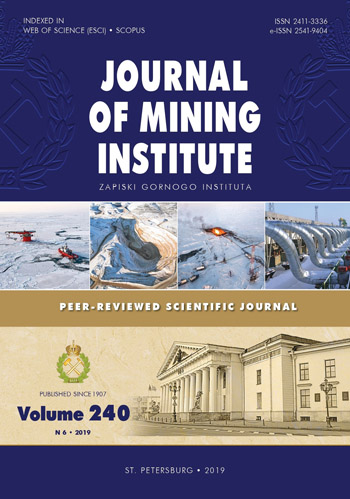Development of a drilling process control technique based on a comprehensive analysis of the criteria
- 1 — Siberian Federal University
- 2 — Siberian Federal University
Abstract
Compliance with drilling operations requirements is achieved by introducing advanced approaches to the management of the drilling process. Main requirement is to reduce the time and material costs for construction of the well. Increase in drilling speed is provided by rational selection of rock cutting tools and modes of its use. Development of a new generation of rock cutting tools is a complex process and requires systematic, integrated approach. In order for high costs of developing and manufacturing the tool to pay off without significantly increasing the cost of drilling, considerable attention should be paid to scientifically justified methods for its running. At well drilling using bottomhole telemetry systems with full computer support for the drilling process, there is a reasonable possibility of using a control technique based on objective results of the drilling process coming directly from the bottomhole of the well in real time. Use of a full factorial experiment is justified for processing data that affect drilling performance. Aim of the research is to develop a drilling process management technique based on a comprehensive analysis of criteria online. Objects of research: rock destruction mechanism during drilling; parameters affecting the process of well drilling; optimization of well drilling processes. The research used the following: experimental drilling with a diamond tool at the bench, method of a full factorial experiment, analytical studies. Article highlights the factors affecting the performance of a diamond rock cutting tool in the process of drilling a well, notes main criteria affecting the efficiency of the drilling process. It also describes mechanism of volumetric destruction, defines the conditions for the destruction of rock at various drilling modes and the dependence of the change in deepening per round on the parameters of the drilling modes. Technique of controlling the parameters of the drilling mode is considered, which allows determining indirectly the mode of rock destruction at the bottomhole of the well and choosing optimal values of the parameters for the drilling mode that correspond to the most favorable conditions.
